Optimal Seasons for Foundation Repairs
Foundation repairs are most effective when performed during specific weather conditions and seasons. The ideal timing depends on factors such as soil moisture levels, temperature fluctuations, and ground stability. Proper timing ensures that repairs are durable and minimizes the risk of future issues.
Understanding the seasonal impacts on foundation stability can help homeowners and property managers plan repairs more effectively. Timing repairs during periods of moderate weather can reduce complications related to ground movement and soil expansion or contraction.
Spring offers moderate temperatures and soil moisture levels, making it a suitable time for foundation repairs. Soil tends to be moist but not overly saturated, which supports effective work.
Summer may present challenges due to higher temperatures and potential drought conditions. Soil can dry out and shrink, leading to additional movement that complicates repairs.
Fall provides cooler temperatures and increased soil moisture from seasonal rains, creating favorable conditions for foundation work. Soil stability is often optimal during this period.
Winter can be problematic due to freezing temperatures and frozen ground, which hinder excavation and foundation work. Repairs may need to be postponed until conditions improve.
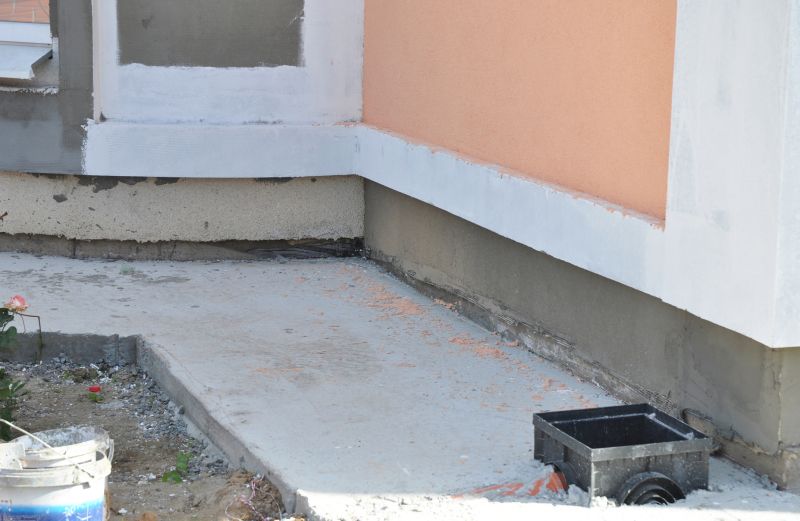
Ways to make Foundation Repairs work in tight or awkward layouts.
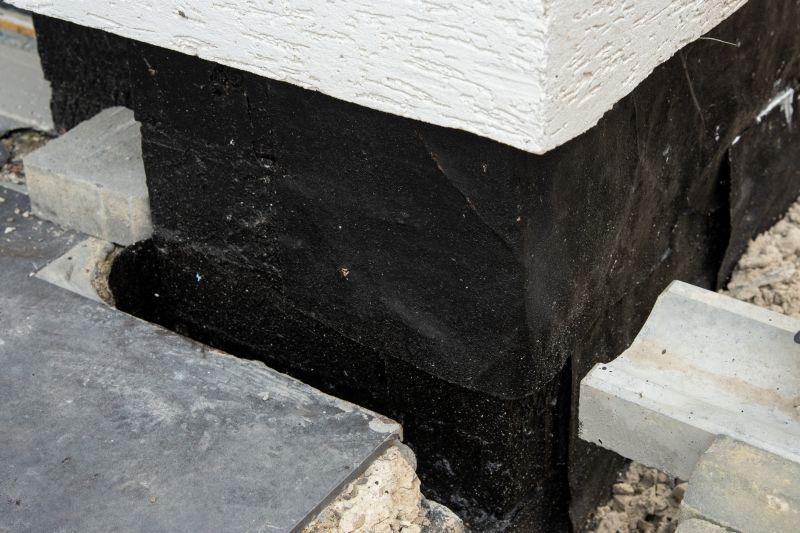
Popular materials for Foundation Repairs and why they hold up over time.
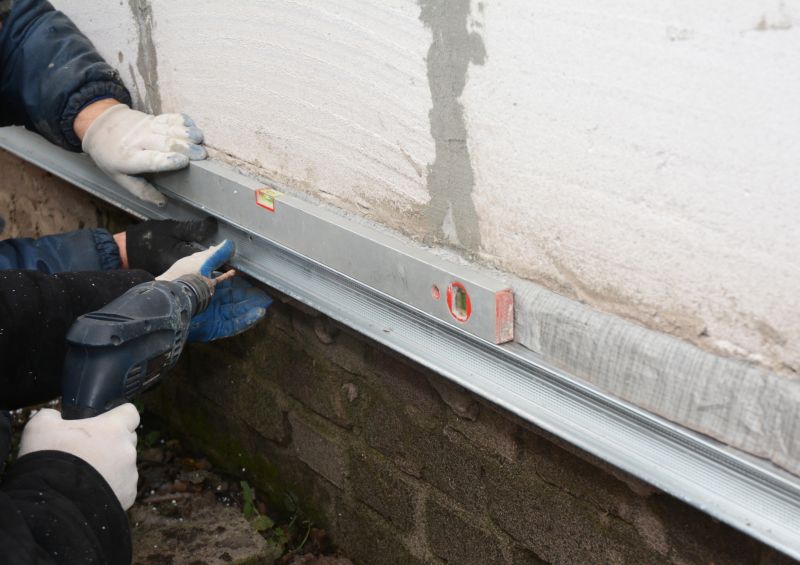
Simple add-ons that improve Foundation Repairs without blowing the budget.
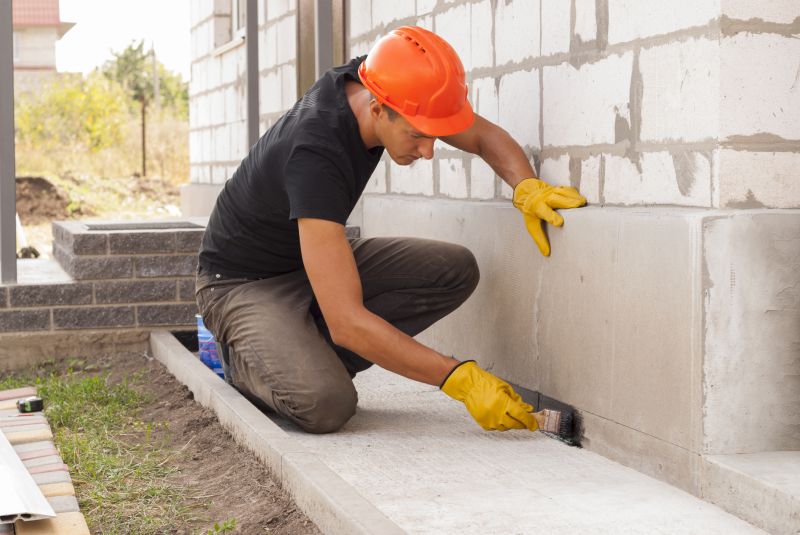
High-end options that actually feel worth it for Foundation Repairs.
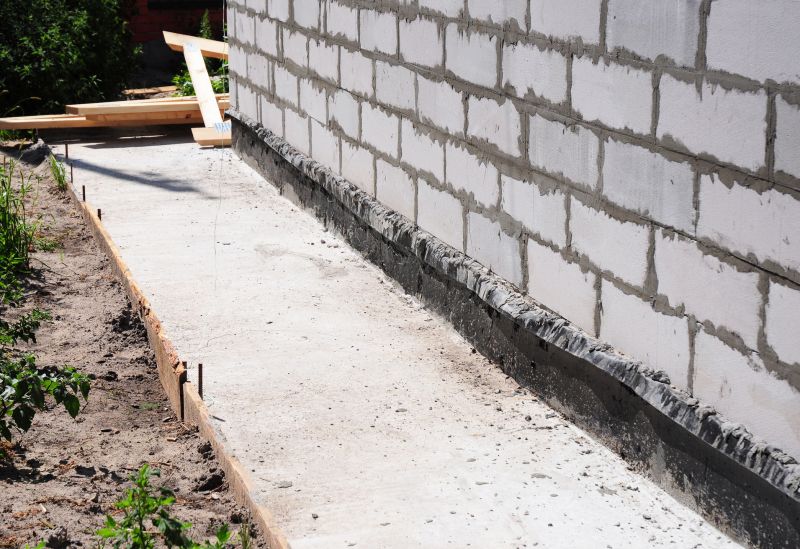
Finishes and colors that play nicely with Foundation Repairs.

Little measurements that prevent headaches on Foundation Repairs day.
| Season | Recommended Timing |
|---|---|
| Spring | Late March to early June |
| Summer | June to August, with caution |
| Fall | September to November |
| Winter | December to February, generally not recommended |
Foundation repairs involve addressing issues such as cracking, settling, and shifting that can compromise structural integrity. These repairs often include underpinning, piering, or stabilization techniques. Proper timing ensures that these interventions are more effective and long-lasting.
Statistics indicate that foundation issues affect approximately 25% of homes in regions with expansive clay soils, which are common in California. Timely repairs can prevent further damage, saving costs and preserving property value over time.

A 60-second routine that keeps Foundation Repairs looking new.

A frequent mistake in Foundation Repairs and how to dodge it.

Small tweaks to make Foundation Repairs safer and easier to use.

Lower-waste or water-saving choices for Foundation Repairs.
Individuals interested in foundation repairs are encouraged to contact for further information or to schedule an assessment. Proper timing and professional intervention can ensure the stability and safety of the property for years to come.
